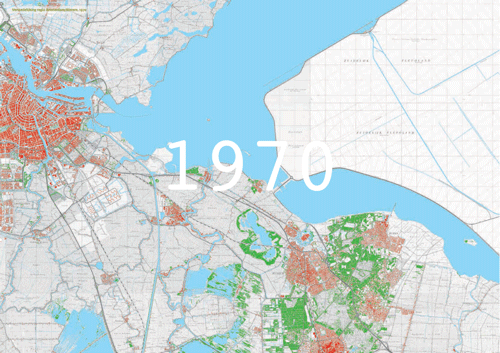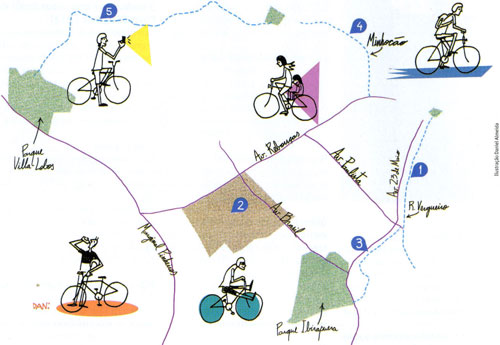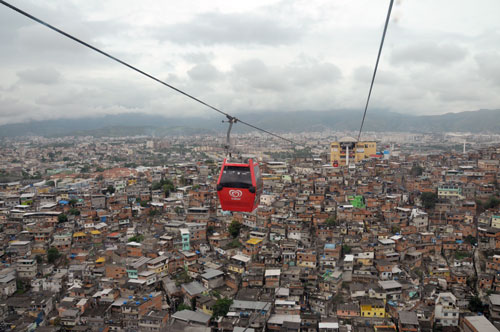With an international group of researchers (The Netherlands, Turkey and Germany), I have explored some of the advantages that shrinking cities may actually have over other urban areas, especially concerning green areas and living costs. Our article was recently published in Environment and Planning A (2013, volume 45). In June this year, the work was presented in La Coruña (IAPS 2013), and earlier in Eindhoven (Environment 2.0).
Shrinking cities as retirement cities? Opportunities for shrinking cities as green living environments for older individuals
Merten Nefs (Deltametropolis Association, Rotterdam), Susana Alves (Okan Üniversitesi, İstanbul), Ingo Zasada (Leibniz Centre for Agricultural Landscape Research, Müncheberg), Dagmar Haase (Helmholtz Centre for Environmental Research, Leipzig)
´Increasingly, policy makers and planners must develop strategies to cope with urban shrinkage. This paper proposes that active retirement migration and health tourism can be parts of such strategies. Shrinking cities, normally observed as less competitive, could develop advantages over other cities with respect to attracting retirees if their spatial conditions were used effectively. By converting vacant space or improving access to high quality green space, shrinking cities can attract retirees in search of quality of life, who in turn might represent a crucial catalyst in urban renewal for shrinking cities. The authors conclude that the potential of shrinking cities as green retirement cities can be considered
by integrating existing research concepts: eg, green space typologies and the functionality of public space for older individuals. Furthermore, recent practical studies suggest that the potential for shrinking cities as retirement cities exists. However, the potential has led to specific policy to only a limited extent. Despite substantial opportunities, many challenges arise when this idea is put into practice. Therefore, recommendations are made at the end of this paper for addressing this topic in future research and urban planning.´
Keywords: retirement migration, ageing, living environment, environmental affordances,
green open space, urban green space, shrinking city, quality of life
Read the full article here


 Haaglanden region: from separate towns to continuous urban field
Haaglanden region: from separate towns to continuous urban field










